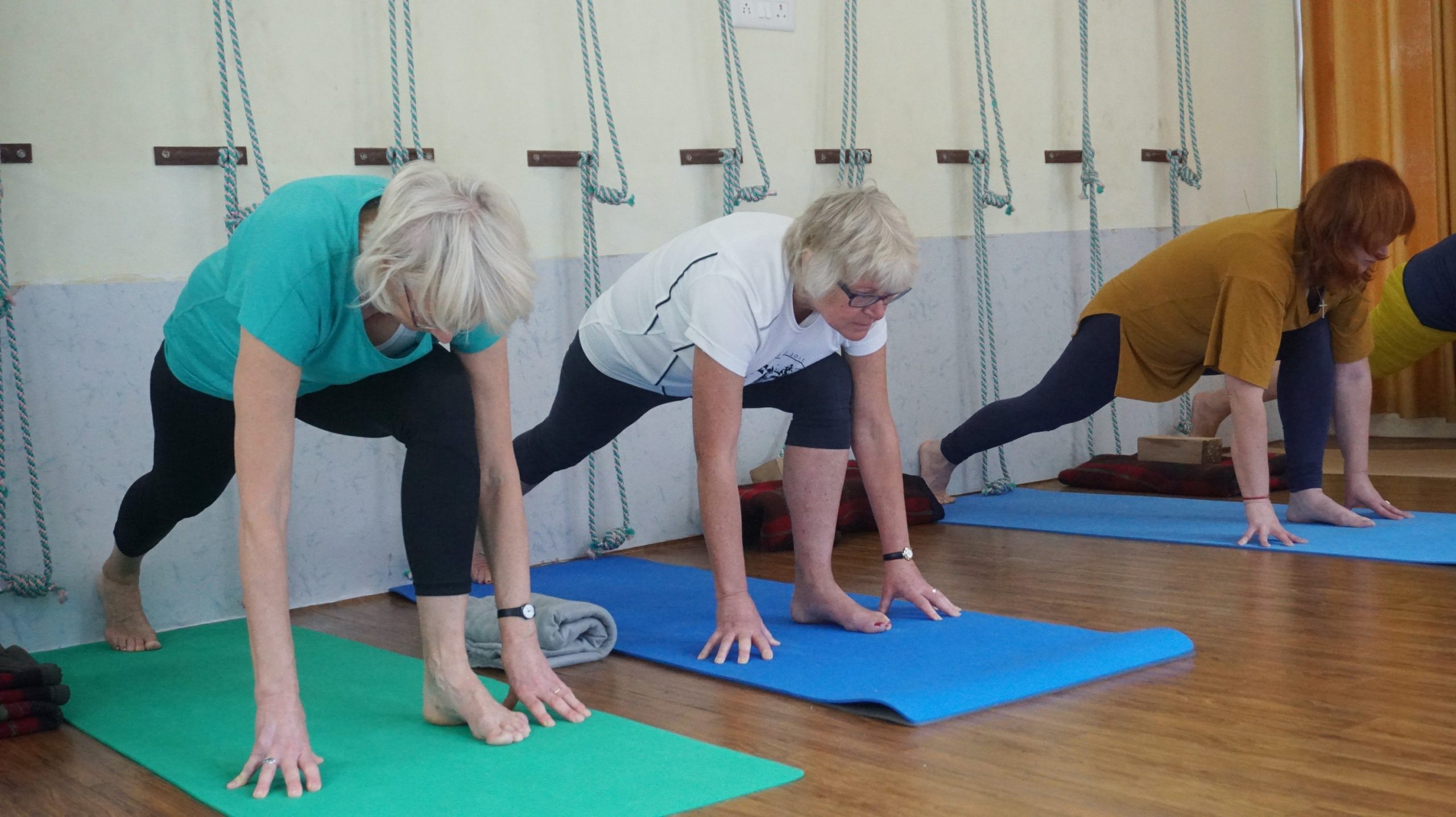Cancer Related Fatigue
Fatigue can range from mild to very severe, whereby patients are unable to participate in simple everyday activities
Contrary to common belief, exercise is the most effective management strategy for cancer-related fatigue and is recommended in many oncology guidelines.
Before commencing an exercise program for someone with fatigue, it is important to screen for the severity of symptoms. A quick, easy tool is the New Energy Cancer Fatigue Screening tool based on the Canadian Association of Psychosocial Oncology screening algorithm.
How to get started with exercise:
People with cancer related fatigue should be encouraged to participate in exercise before, during and after treatment to manage fatigue and prevent inactivity and deconditioning.

Moderate to vigorous intensity exercise is optimal for reducing symptoms. However, it should be acknowledged not all people with cancer will be able to achieve this straight away. Exercise prescription (type, frequency, intensity and time) will vary depending on the individual.
- Start with exercise that is familiar and the person can achieve at baseline. It is important not to set the bar too high.
- Encourage people to slowly build up to 30 minutes of exercise at least 3 times per week
- Gradually increase a) frequency, b) time, c) intensity. Monitor for fluctuations in fatigue
Please follow the link below for specific modifications based on fatigue severity. If your patient has moderate to severe fatigue, you should consider concurrent referral to an Occupational Therapist.
For further information about fatigue resources to be included in a multidisciplinary oncology rehabilitation program, please click here
For additional reading on Cancer related fatigue guidelines, click here
Source: Peter MacCallum Cancer Centre New Energy Project

